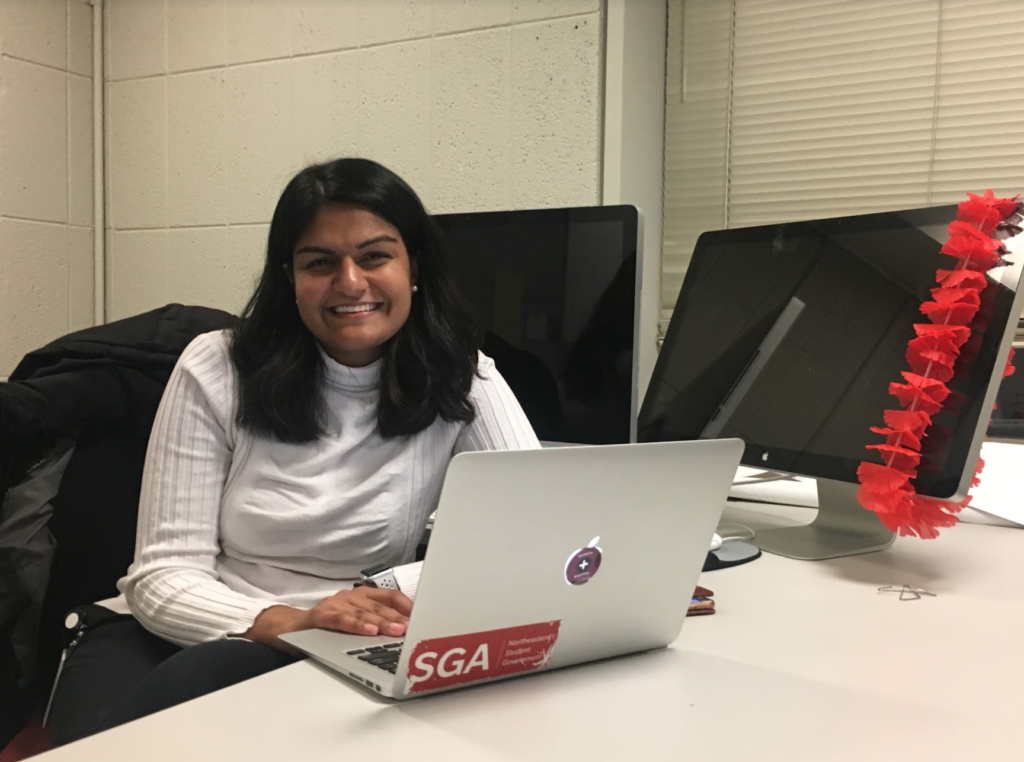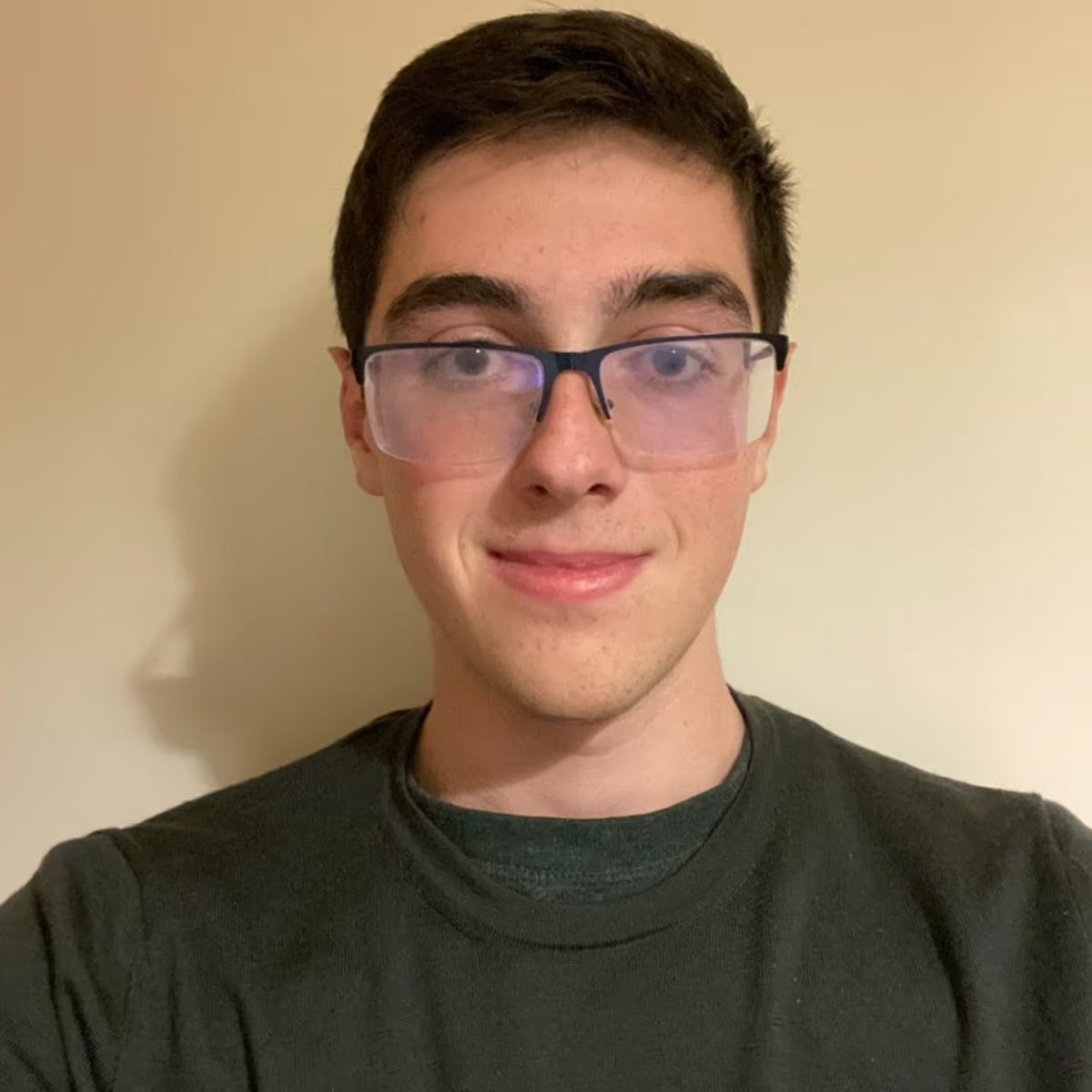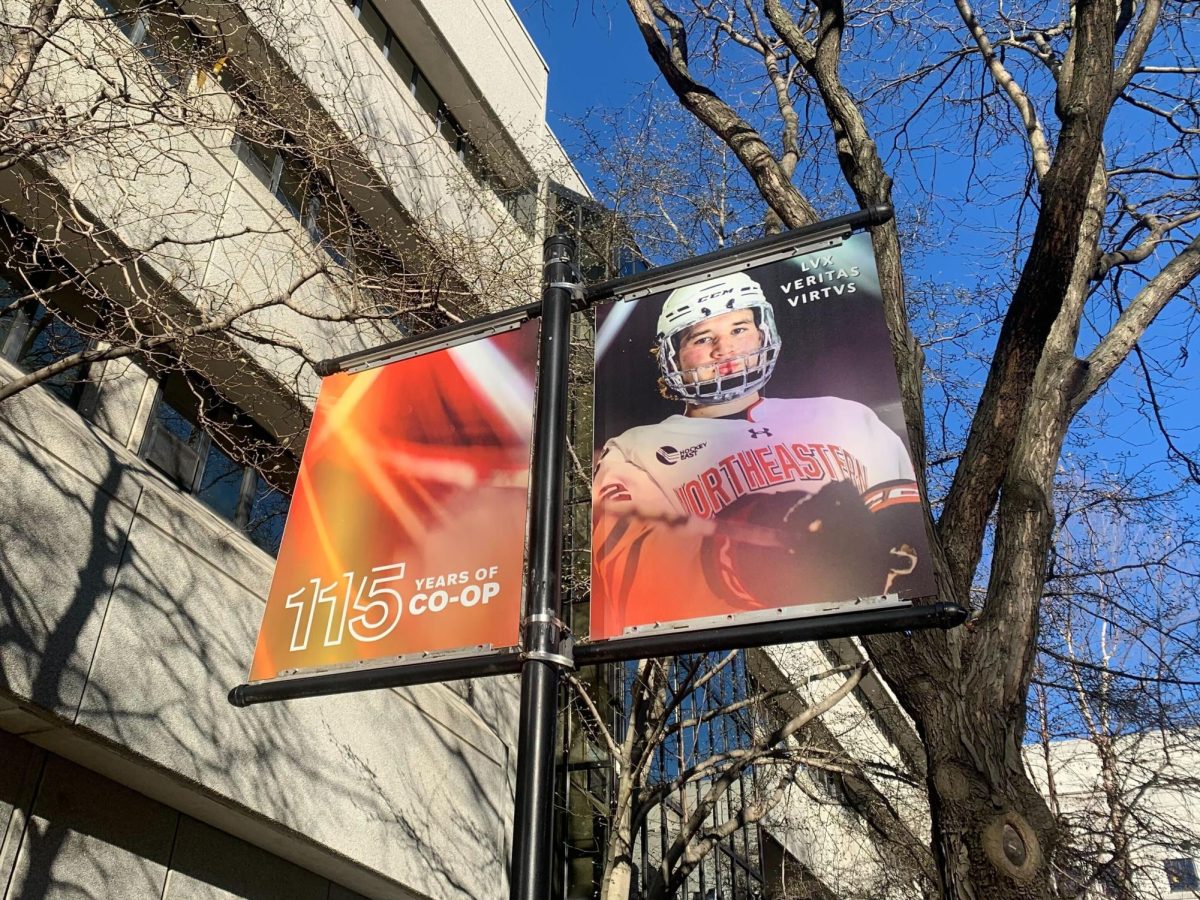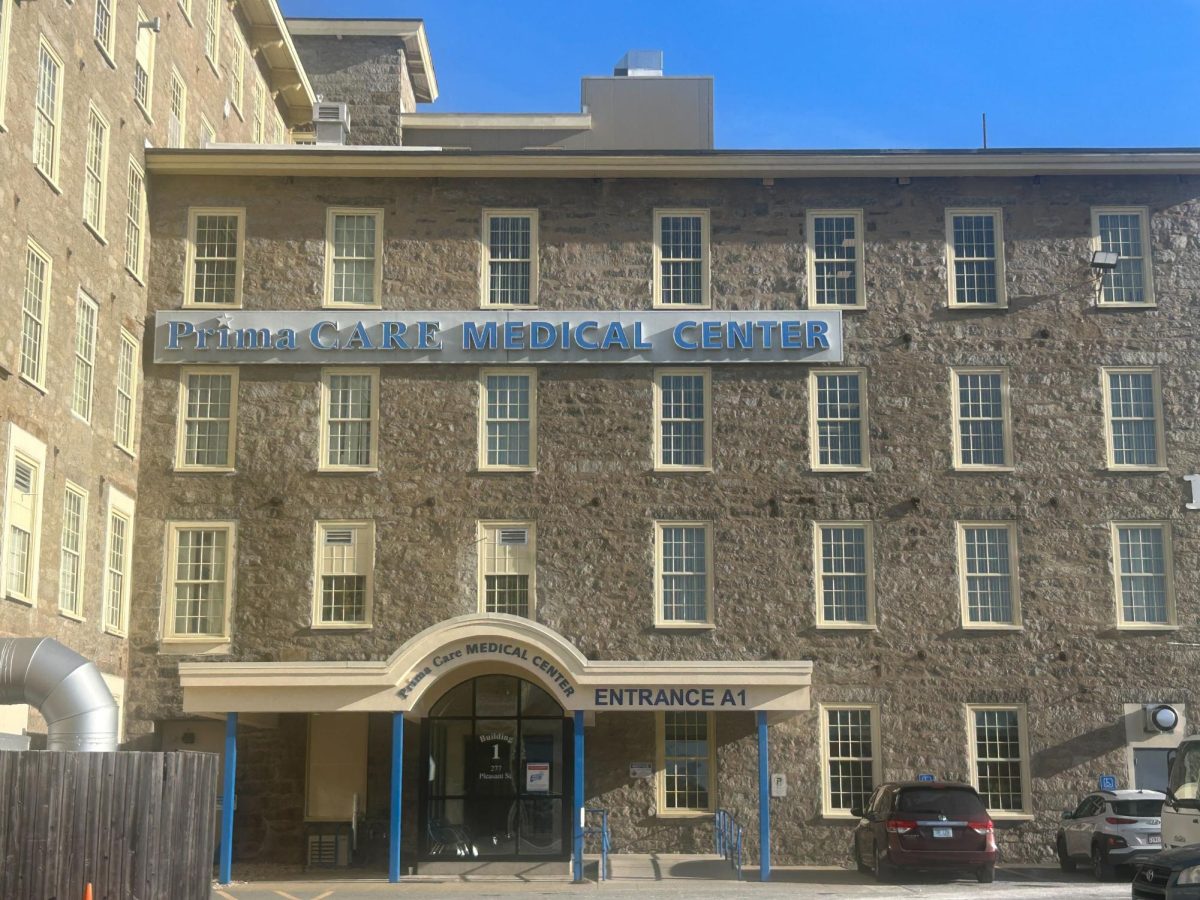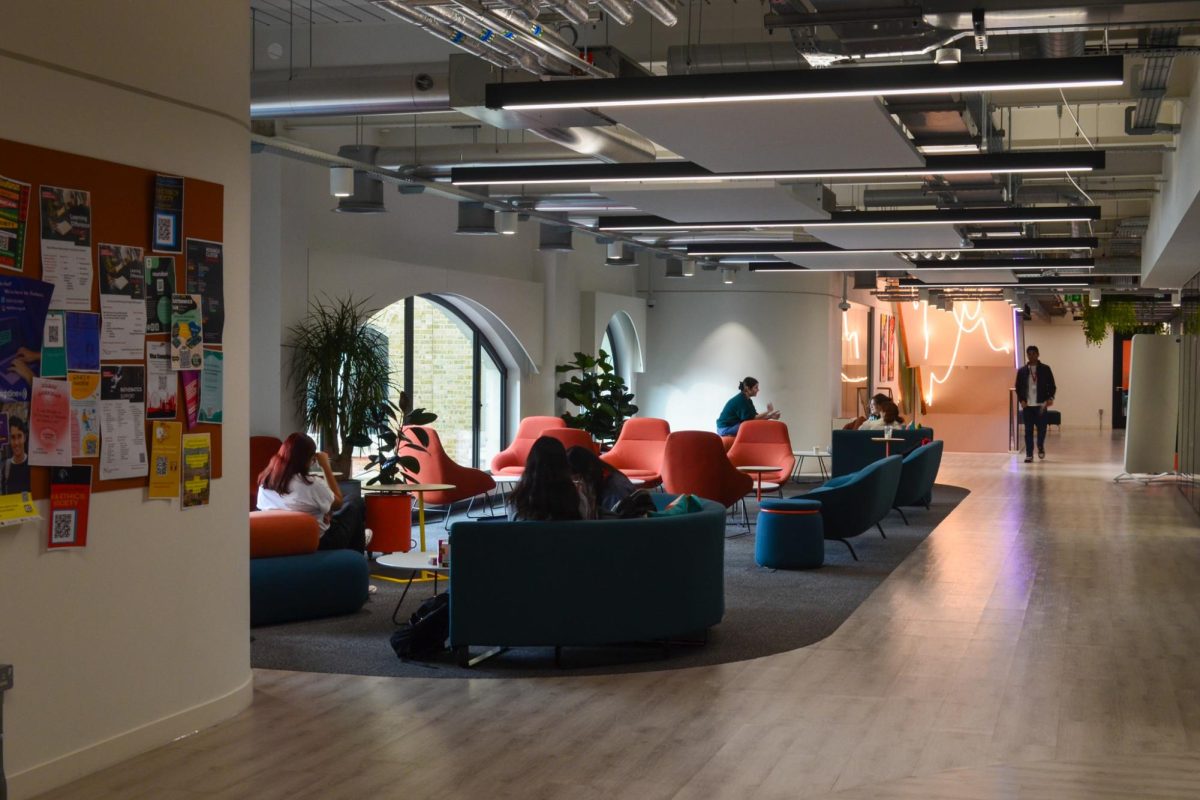by Jasmine Heyward, news staff
Northeastern’s Student Government Association, or SGA, sent the annual Budget Priorities Survey to the undergraduate student body Nov. 6. The results of this survey are used by the SGA Cabinet to make recommendations to senior administrative personnel. The Huntington News spoke with Student Body President Suchira Sharma about the creation of the survey and SGA’s goals.
The Huntington News: What’s your goal for the survey this year?
Suchira Sharma: Luckily, it is my second year helping craft the survey and presenting it, so I’ve seen what works and doesn’t. Last year we were able to paint a pretty solid picture of what UHCS looked like at the moment, and unfortunately I think we kind of left it up to interpretation for senior leadership in terms for how they would address those problems. So they hired two new staff members to manage patient flow, and they decided to renovate the space to make it more confidential. Those are great wins and I’m proud to stand by them, but the case that we’re making with this year’s UHCS component of the budget priorities survey is asking specifically for [more] mental health clinicians. For the amount of students on our campus we should have a certain number* and we’re well below that in terms of staffing and clinicians. I don’t have that number off the top of my head, but suddenly I kind of knew that that was going to be the next big goal.
There’s also a section on confidential resources for survivors of sexual assault. I was a freshman when the referenda was first created by members of SARC [Northeastern Sexual Assault Response Coalition] for the establishment of a resource center and I’m so disappointed that after so many talks with administrators a space was given to them and it’s not confidential. I had a meeting with President [Joseph E.] Aoun a week ago and that was the first thing I brought up.
HN: Who does SGA present the results to?
SS: We work pretty closely with the Office of Student Affairs to create an audience that’s intentional with the survey. So I can tell off the top of my head that since we asked questions about dining Maureen [Timmons, director of Dining Services] will probably be there. I believe that we’ll have senior administrators in Student Affairs this year as well as Philomena Mantella, the senior vice president of the university. Provost [James C.] Bean comes to represent the provost’s office and all things academics. Last year, the CFO [chief financial officer] of the university also attended which is important, and I think that’s such a selling point for us in terms of reaching out to students and saying, “We present directly to the CFO.” Otherwise I think it’ll come down to the individuals who manage the budget for campus centers.
HN: Who reads the raw results?
SS: So that kind of goes into why the survey process takes such a long time to build. We do everything on Qualtrics [a research and analysis software], but the university likes using Campus Labs, which is an independent contractor. It’s a little frustrating because [we don’t get] a full data dump. For example, if I want to cross-reference how many fifth-years answered yes to Question 52, I would have to request that, I couldn’t just tabulate it myself. They’re happy to work with us — Student Affairs essentially acts as our liaison between Campus Labs and student government so they’re happy to do that with us. But we absolutely do read everything.
HN: Will the data be available to the student body?
SS: The Office of Student Affairs is not comfortable with releasing data to the entire student body, and that is because this is a process that senior-level administrators have really bought into, so they don’t want a survey that’s partially theirs to then be used [to make overall claims about campus sentiment such as] “57 percent of students are unhappy with mental health care on campus.” There are a lot of surveys out there that say the exact same thing, and that’s why we do so many surveys in SGA to still create those data points. But for a survey that they’re tied into they kind of look down upon that. The agreement I struck up with them [last summer] was that we are allowed to present “asks” and “wins.” Out of everything that we got from the data, this is what we asked for, and this is what was delivered to us. And I think that’s super fair. I think that you can make an ask for almost every single point of data, and that’s another way to kind of tell the student body what their peers thought of the survey.
HN: What policy changes and initiatives have come out of the survey in the past?
SS: I think from two years ago there was a question specifically on what the replacement [for Taco Bell] should be, and that’s kind of what you see here today. Also from that year there were more long-term asks about academic technology in general; classroom renovations and outlet accessibility. The 2015-16 survey was modeled after previous surveys where they asked a little bit about everything. Last year Elliot [Horen, last year’s student body president] and I decided to change that and make it a shorter survey [in which] everyone has to answer every single question. We felt as though that created a more representative sample and we realized that the same questions don’t need to be asked every single year. Last year, the university approved, like I said, hiring more staff and renovating the space for UHCS. And then New York Times access — a pilot was approved. Josh [Driesman, SGA vice president of academic affairs] is actually working on that now.
HN: Is there a way for students to give feedback on the survey?
SS: Absolutely. One of the emails that I got to the SGA inbox was, “Oh you should have had a section at the bottom to critique the survey itself.” I am remiss for not doing that. They can by all means email the SGA inbox, [email protected] and people have already been doing that. Like I said, I read every single email and our director of [information] management obviously will be creating a transition plan for his successor so all of that will be incorporated. If you do have any feedback on that we’d be happy to hear it.
HN: How are you marketing the survey now and was that influenced by your experience with the fall initiative?
SS: We’re doing everything traditional that we usually do — there’s fliers up, we’re doing a social media campaign, we’re doing tabling every Wednesday from 9-5 in Curry Crossroads. I’m super excited that we’ve made the pivot to video. And the final thing that I think really speaks to the faith I have in this survey and the need that I have for everyone to really believe in it as much as I do and take it is that we’re dorm-storming for it.
[While campaigning] I always felt so disingenuous knocking on doors because when push came to shove you would knock on doors to get votes. And I understand the implications of you voting for someone are so beyond that individual person. But one thing I would always say when someone was really tired and they opened the door for me was that, “If elected there’s one thing I can promise you: This won’t be the last time you see me. I will come knock on your door again because I want to hear your voice again.” And I know that’s all rhetoric at the end of the day, but I believe that actions speak louder than words so we’re dorm-storming, our entire cabinet is. We’re a school of 17,000 [undergraduate] students and I’d love to hit 17,000. That’s wildly beyond my imagination, but we have to keep pushing.
*Editor’s Note: Sharma sent The News more information after the interview. The International Association of Counseling Services recommends one counselor for every 1,000 to 1,500 students. According to UHCS’s website, Northeastern has eight counselors for its undergraduate student body of 17,000.)


